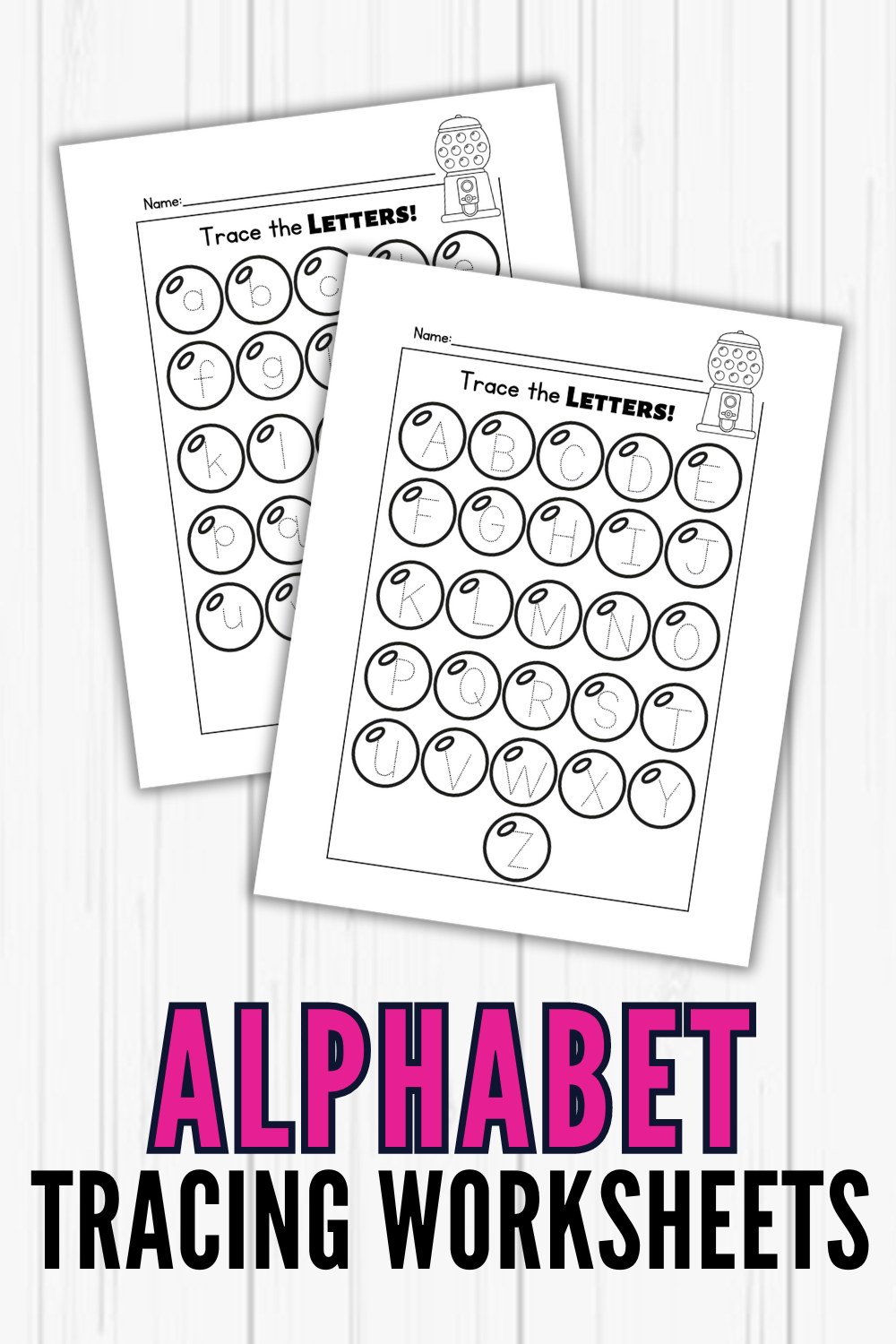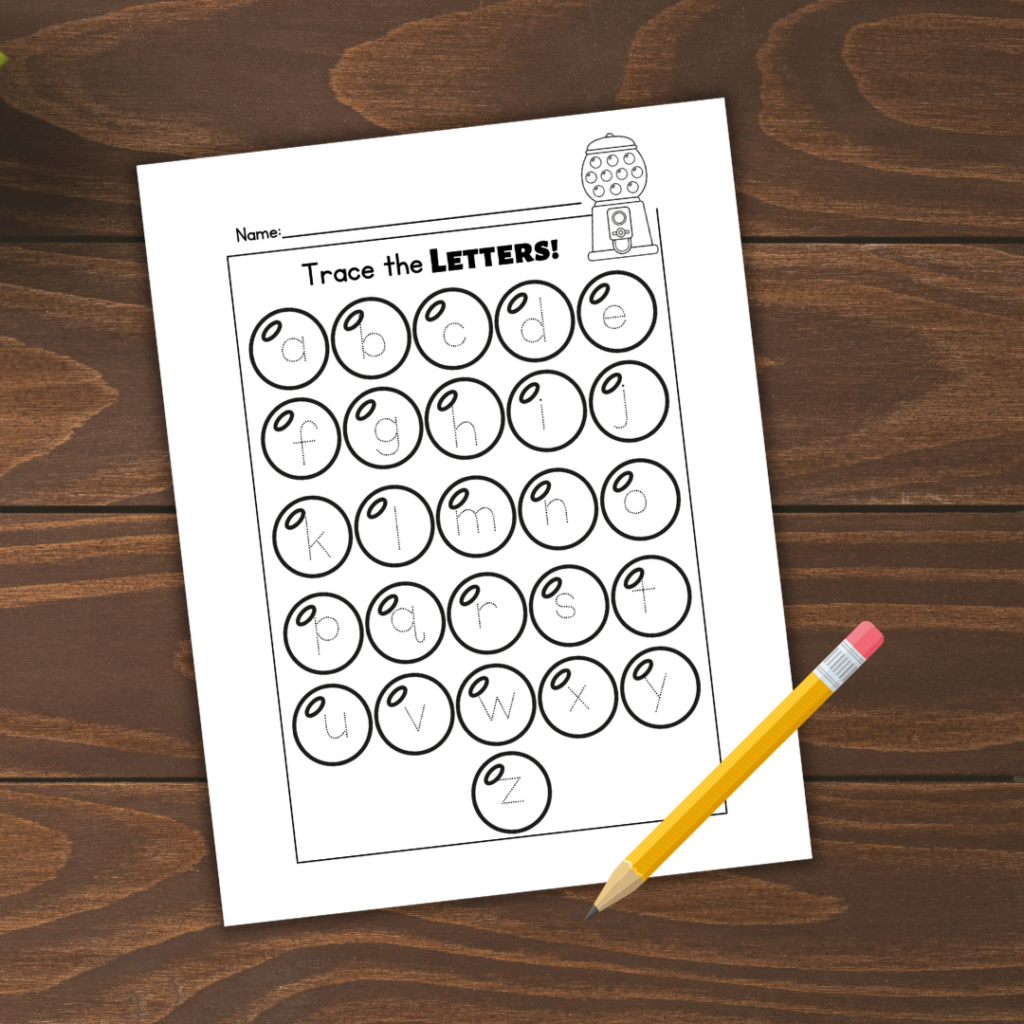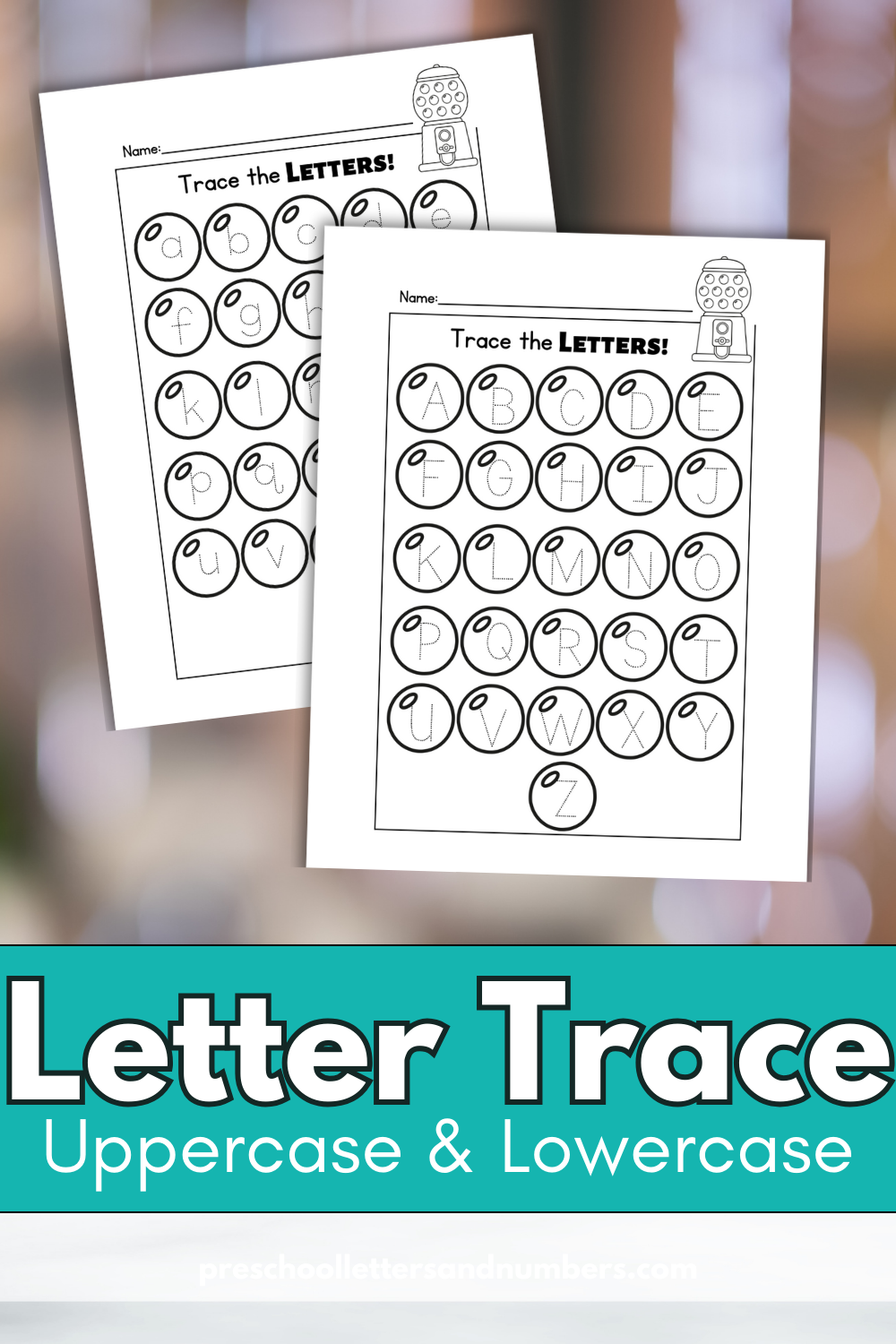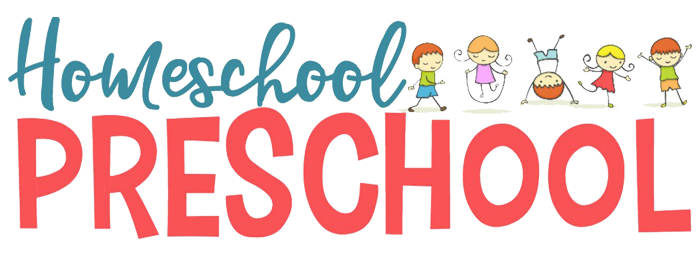Free Letter Tracing Worksheets
If you’re searching for free letter tracing worksheets to aid your child’s early literacy development, you’re in the right place! It’s undeniable that nurturing a child’s educational development from an early age paves the way for future success, and one great method to achieve this is through letter tracing.
Letter tracing worksheets not only help children understand the shape and form of letters, but they also improve fine motor skills— a vital requirement for mastering the art of writing.
As children scribble their way through these worksheets, each stroke they make is a step toward building a foundation for their early literacy. Let’s dive in and explore this engaging and effective learning tool in more detail.

Exploring the Benefits of Letter Tracing
In the realm of early education, free preschool printables, such as letter tracing worksheets, hold immense value. They act as practical, easy-to-use tools that serve multiple purposes beyond just literacy development. Let’s delve deeper into the distinct benefits that letter tracing worksheets offer.
Development of Fine Motor Skills
Fine motor skills refer to our ability to make movements using the small muscles in our hands and fingers. By tracing letters, children can enhance these skills significantly. The meticulous action of guiding a pencil along paths to form letters imparts strength and precision to their delicate hands, paving the way for them to master more complex tasks in the future.
Memory Enhancement
Letter tracing aids memory enhancement by enforcing repetition. Through repeated tracing of various letters, children eventually memorize their shapes and sounds. Consequently, they are more likely to recognize these letters in books and other printables, reinforcing what they’ve learned.
Hand-Eye Coordination
Hand-eye coordination is another critical skill that letter tracing promotes. As children focus on keeping their pencils within the lines of the letter, they are unknowingly improving their hand-eye coordination. Over time, this skill is further refined, which is beneficial for many other activities such as sports, crafts, and even typing on a keyboard in later years.

Free Letter Tracing Worksheets
Our free letter tracing worksheets are an excellent tool for promoting early literacy development. These worksheets are designed to be engaging and effective, making learning an enjoyable experience for your little ones. The set includes two types of worksheets, each dedicated to a different form of the alphabet. Before diving in, let’s explore the specifics of these worksheets in detail.
Description and How to Use
Each worksheet focuses on the alphabet, one with lowercase letters and another with uppercase letters. Children are encouraged to trace the outlined letters, aiding their understanding and memory of each letter’s shape and sound. As they guide their pencil along the paths, they not only build a strong foundation for their literacy but also enhance their fine motor skills simultaneously. It’s simple— just print these worksheets, hand your child a pencil, and let them trace their way to literacy!
Types of Worksheets
Capital Letters
The capital letters worksheet features all 26 uppercase letters of the alphabet. Each letter is presented in an outlined format, ready to be traced. This worksheet helps children familiarize themselves with the shapes of capital letters and distinguish them from their lowercase counterparts.
Lowercase Letters
Similarly, the lowercase letters worksheet includes all 26 lowercase letters of the alphabet. This worksheet helps children understand the different shapes and forms that letters can take, preparing them for reading and writing in both formats.

Harnessing the Power of Letter Tracing Worksheets
Our free letter tracing worksheets are a great way to help kickstart your child’s journey to literacy. But how exactly do you maximize the benefits of these worksheets? Let’s dive into some strategies that can help make this learning process more efficient, enjoyable, and consistent for your little one.
Creating a Regular Schedule
Just like any skill, mastering the art of letter tracing requires regular practice. Establish a dedicated ‘worksheet time’ each day, when your child can sit down and trace letters without distractions. Keeping this activity at a consistent time, such as after breakfast or before bedtime, helps establish a routine and instills discipline in children from a young age.
Making the Process Fun
Learning should never feel like a chore. To make letter tracing more engaging, introduce fun elements into the process. For example, use their favorite colored pencils for tracing, or reward them with a sticker each time they successfully trace a letter. This not only keeps them interested but also motivates them to do better each time.
Encouraging Consistent Practice
Consistency is key when trying to reinforce a new skill. Encourage your child to use these worksheets consistently. But remember, it’s also important to balance practice with play.
Make sure your child does not feel overwhelmed. If they seem tired or uninterested, give them a break and let them resume later. Consistent, but relaxed, practice ensures steady progress without causing burnout.

In conclusion, letter tracing worksheets are an invaluable tool in early education. They not only introduce children to the alphabet but also aid in developing essential skills such as fine motor control and hand-eye coordination.
Our free letter tracing worksheets are designed with care, ensuring that your child’s first steps into the world of literacy are both enjoyable and effective.
By developing a regular schedule, incorporating fun elements, and encouraging consistent practice, you can further optimize the benefits of these worksheets.
So, go ahead and embark on this enriching journey with your child – one letter at a time!
